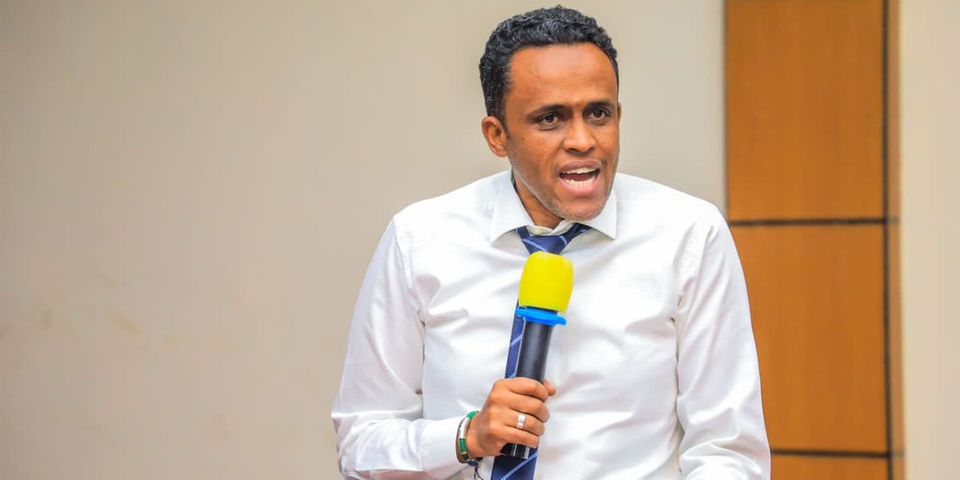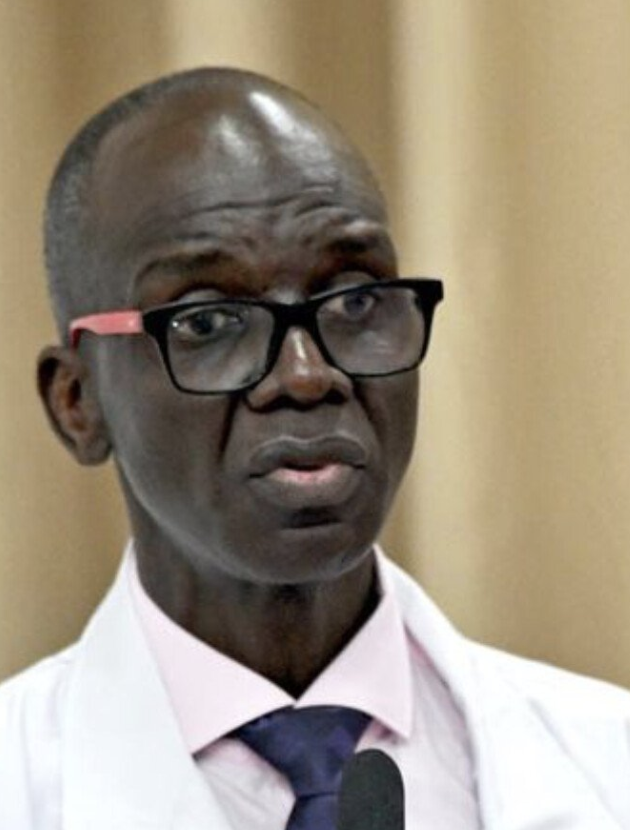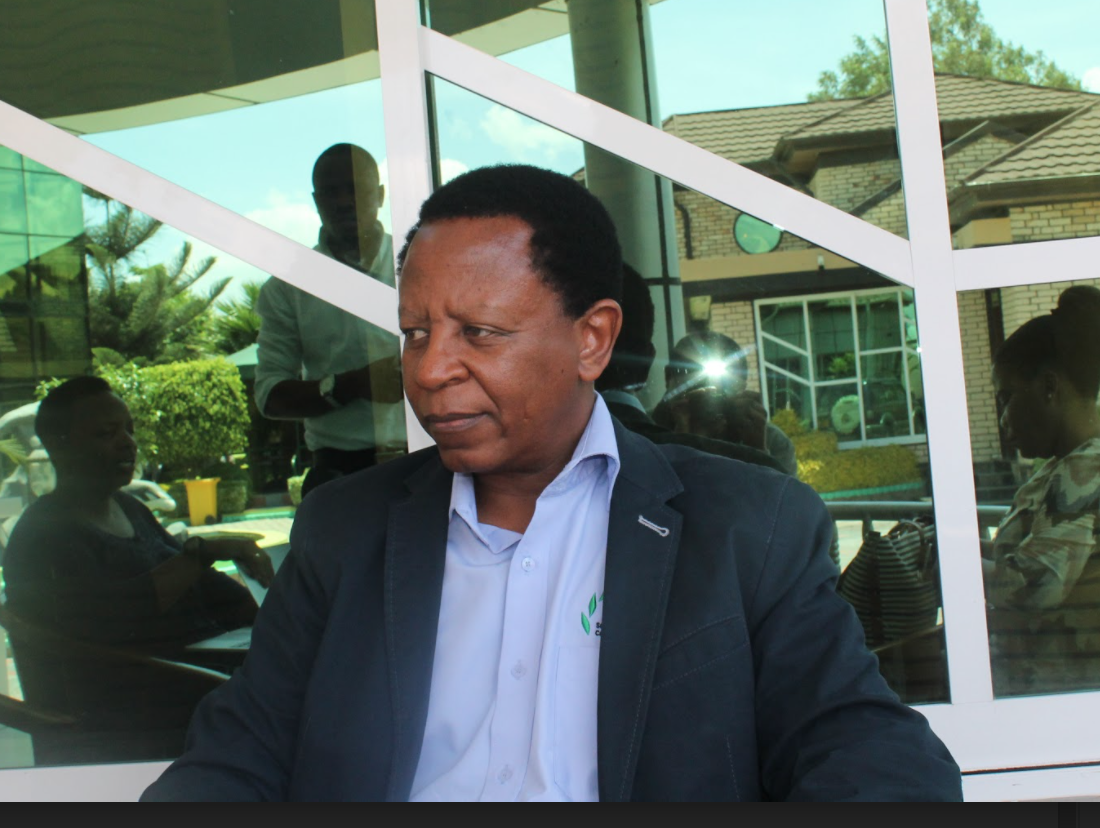Reviving Tanzania’s Soil: SAGCOT Leads the Charge for Sustainable Agriculture
By Anthony JM
Tanzania’s rich soil has borne the weight of its agrarian society for centuries, fueling its economy and providing sustenance for millions. Yet, as Geoffrey Kirenga, the CEO of the Southern Agricultural Growth Corridor of Tanzania- SAGCOT Centre Ltd., passionately emphasizes, this silent partner in the nation’s growth saga now needs attention.
Drawing a poignant parallel between human and soil health, Kirenga stated, “Just as it is vital for us to care for ourselves to become productive, it is paramount for our farmers to nurture the health of our soils.” According to Kirenga, it is crucial to understand the soil’s nutrient content and pH balance—whether it’s acidic or alkaline—. Only with this knowledge can farmers add the necessary materials to optimize conditions for crop growth.
A collaborative initiative has been launched in a monumental stride towards enhancing agricultural productivity. Spearheaded by the Tanzanian government and supported by key stakeholders in the agricultural sector—including TARI, SAGCOT, AGRA, and philanthropic organizations like BILL and MELINDA GATES and CMIT—the mission aims to provide farmers with the tools and knowledge they need to rejuvenate their lands. Equipment for soil testing has been distributed across Tanzania’s fertile terrains, and a new generation of extension officers is being trained to enlighten farmers about the significance of soil health.
“We are developing a value chain for soil improvement materials. From lime to gypsum, everything a farmer might need to ensure the vitality of their soil will now be within their reach,” Kirenga explains.
Such interventions come at a critical juncture for Tanzania. The soil often turns acidic in areas with abundant rainfall, impacting crop yields. With the resources and training now made available, farmers can modify their soil’s properties, potentially amplifying maize productivity in the Southern Highlands from 1.3 tons per hectare to 12 tons.
The CEO of SAGCOT addressed the recent initiatives taken by the organization, stating, “For years, SAGCOT has consistently been at the vanguard of soil health education. Our commitment isn’t just limited to disseminating information. In active collaboration with the government, farmers, and our valued development partners, we’ve embarked on a comprehensive journey to guide individuals in adopting best practices. Our holistic approach ensures that the farming community is equipped with knowledge, resources, and the right tools to make informed decisions. We believe that through these collaborative efforts, we can foster a sustainable agricultural future for our nation.”
Kirenga’s optimism is not limited to Tanzania’s borders. He envisions an agricultural renaissance across the African continent. “Let’s care for our soil, so it rewards us accordingly,” he urges, implying that the future of Africa’s agriculture hinges on the collective will to recognize and respect the ground beneath our feet.


